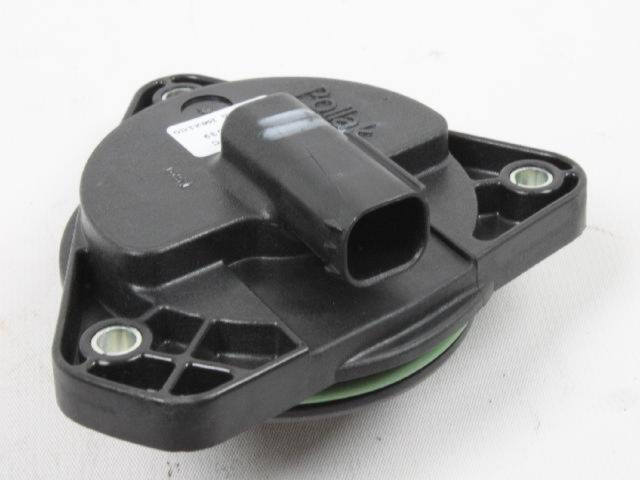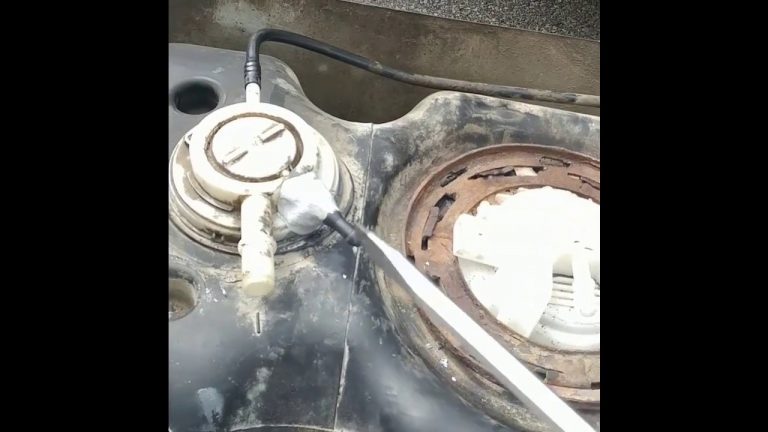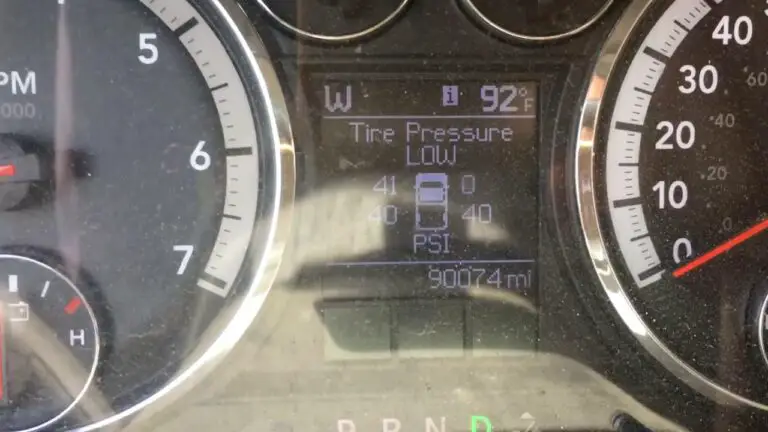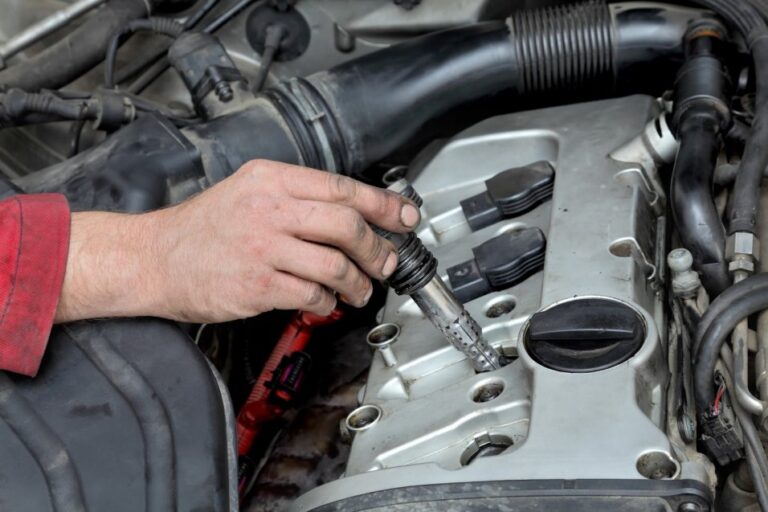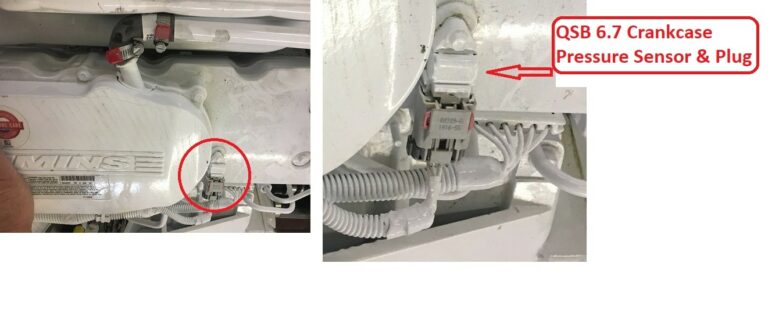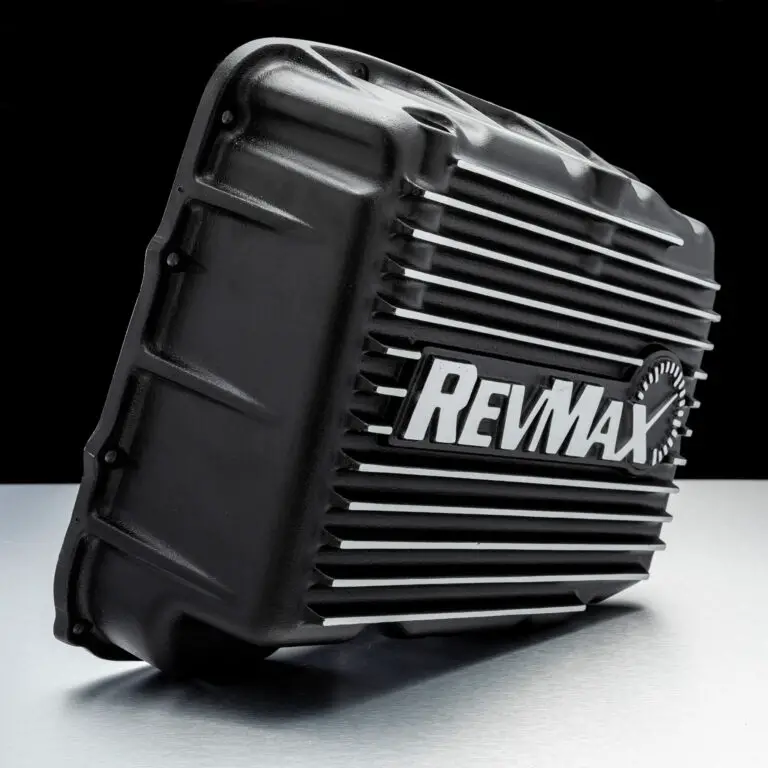The Solution to Dodge Ram Heater Blowing Cold Air
The most common cause of a Dodge Ram heater blowing cold air is a clogged heater core. A clogged heater core can reduce the flow of hot coolant, causing cold air to be blown from the vents. Other causes include low coolant levels, a failing thermostat, or a damaged blower motor.
The Dodge Ram heater blowing cold air is a common issue that affects many vehicle owners. This issue can be frustrating, especially during cold weather, and can cause discomfort while driving.
The problem can have multiple causes, ranging from clogged heater cores to failing thermostats, and it’s important to diagnose the issue correctly to ensure a proper fix. In this blog post,
We’ll discuss the various causes of the Dodge Ram heater blowing cold air and provide useful information on how to diagnose and fix the issue.
Causes of Dodge Ram heater blowing cold air
Clogged heater core:
The heater core is responsible for warming the air that is blown into the cabin. A clogged heater core can reduce the flow of hot coolant, causing cold air to be blown from the vents.
Low coolant levels:
The coolant is responsible for maintaining the engine’s temperature and flowing through the heater core. If the coolant level is low, the engine will not produce enough heat to warm the air.
Failing thermostat:
The thermostat regulates the engine’s temperature by opening and closing to allow coolant to flow. If the thermostat is failing, it may not open or close properly, causing the engine to not produce enough heat.
Damaged blower motor:
The blower motor is responsible for blowing air into the cabin. If the blower motor is damaged, it may not be able to blow hot air into the cabin, resulting in cold air being blown.
Air blend door issue:
The air blend door controls the mix of hot and cold air in the cabin. If the air blend door is stuck or not functioning properly, it may not allow hot air to enter the cabin, causing cold air to be blown.
Faulty water pump:
The water pump is responsible for circulating coolant throughout the engine. If the water pump is faulty, the coolant may not circulate properly, causing the engine to not produce enough heat.
Damaged heater hoses:
The heater hoses transport hot coolant from the engine to the heater core. If the hoses are damaged, coolant may not reach the heater core, causing cold air to be blown from the vents.
6 Steps to diagnose the issue of Dodge Ram Heater Blowing Cold Air
Check the coolant level:
The first step in diagnosing the issue is to check the coolant level in the vehicle. Low coolant levels can cause the heater to blow cold air, so it’s important to ensure that the coolant is at the proper level.
Check the air blend door:
The next step is to check the air blend door. If the door is stuck or not functioning properly, it may not allow hot air to enter the cabin, causing cold air to be blown.
Inspect the heater hoses:
Check the heater hoses for any signs of damage, such as cracks or leaks. If the hoses are damaged, coolant may not reach the heater core, causing cold air to be blown from the vents.
Test the thermostat:
If the coolant level and hoses are okay, the next step is to test the thermostat. If the thermostat is failing, it may not open or close properly, causing the engine to not produce enough heat.
Inspect the blower motor:
The blower motor may need to be inspected if the previous steps did not resolve the issue. A damaged blower motor may not be able to blow hot air into the cabin, causing cold air to be blown.
Check the heater core:
The final step is to check the heater core. A clogged heater core can reduce the flow of hot coolant, causing cold air to be blown from the vents.
Note: It’s recommended to seek professional assistance for a more accurate diagnosis, as some of these steps may require specialized tools or knowledge.
How to fix a Dodge Ram heater issue/fix
Solution for the Dodge Ram Heater Blowing Cold Air
Flushing the heater core:
If the heater core is clogged, it can be flushed to remove any build-up and restore the proper flow of hot coolant. The procedure involves removing the hoses from the heater core and flushing it with a cleaning solution or water.
Replacing the thermostat:
If the thermostat is failing, it can be replaced with a new one to restore proper engine temperature regulation. The procedure involves removing the old thermostat and installing a new one in its place.
Replacing the blower motor:
If the blower motor is damaged, it can be replaced with a new one to restore proper airflow. The procedure involves removing the old blower motor and installing a new one in its place.
Repairing or replacing the air blend door:
If the air blend door is stuck or not functioning properly, it can be repaired or replaced. The procedure involves removing the air blend door and either repairing or replacing it with a new one.
Replacing the water pump:
If the water pump is faulty, it can be replaced with a new one to restore proper coolant circulation. The procedure involves removing the old water pump and installing a new one in its place.
Replacing the heater hoses:
If the heater hoses are damaged, they can be replaced with new ones to restore the proper flow of hot coolant. The procedure involves removing the old hoses and installing new ones in their place.
It’s important to seek professional assistance for proper diagnosis and repair, as some of these fixes may require specialized tools or knowledge.
Prevention measures for future reference
Regularly check the coolant level:
Regularly checking the coolant level can prevent the heater from blowing cold air due to low coolant levels.
Regularly maintain the heating system:
Regular maintenance of the heating system, including flushing the heater core, can prevent clogs and buildup from reducing the flow of hot coolant.
Regularly inspect the blower motor:
Regularly inspecting the blower motor can prevent damage and failure that may cause the heater to blow cold air.
Avoid extreme temperature changes:
Avoiding extreme temperature changes can prevent damage to the air blend door and other components of the heating system.
Schedule regular check-ups:
Scheduling regular check-ups with a mechanic can help identify and address any potential issues with the heating system before they become major problems.
Use proper coolant:
Using the proper coolant recommended by the manufacturer can help prevent damage to the heating system and ensure proper functioning.
Address any leaks promptly:
Promptly addressing any coolant leaks can prevent low coolant levels and other issues from affecting the heating system.
2016 Dodge Ram Heater Not Blowing Hot Air
If you’re having trouble with your 2016 Dodge Ram’s heater not blowing hot air, there are a few things you can check. First, make sure that the engine is up to operating temperature. If it’s not, the heater will take longer to blow hot air.
You can also check the coolant level and make sure that there’s enough antifreeze in the system. Another thing to check is the cabin air filter; if it’s dirty, it could be restricting airflow and preventing the heater from working properly. Finally, if none of these things seem to be the problem, it’s possible that there could be an issue with the heating element itself.
In any case, it’s best to have a certified mechanic take a look at your Ram to diagnose and fix the problem.
6.7 Cummins Heater Blowing Cold Air
If you own a 6.7 Cummins and your heater is blowing cold air, there are a few things that could be the culprit. First, check to see if the engine coolant level is low. If it is, add more coolant until it reaches the full line on the reservoir.
Next, check the thermostat to see if it’s stuck in the closed position. If it is, replace it with a new one. Finally, check your water pump to make sure it’s working properly.
If none of these steps fix the problem, then you may need to take your truck to a mechanic for further diagnosis.
3 Most Frequently Asked Questions
What causes a Dodge Ram heater to blow cold air?
Can I fix the issue myself?
How can I prevent the issue from happening again?
Conclusion:
The issue of a Dodge Ram heater blowing cold air can be caused by several factors, including low coolant levels, a damaged air blend door, damaged heater hoses, a failing thermostat, a damaged blower motor, or a clogged heater core.
To diagnose and fix the issue, it’s important to follow a systematic process and seek professional assistance if necessary. Regular maintenance, inspections, and proper use of coolant can help prevent the issue from recurring in the future.


